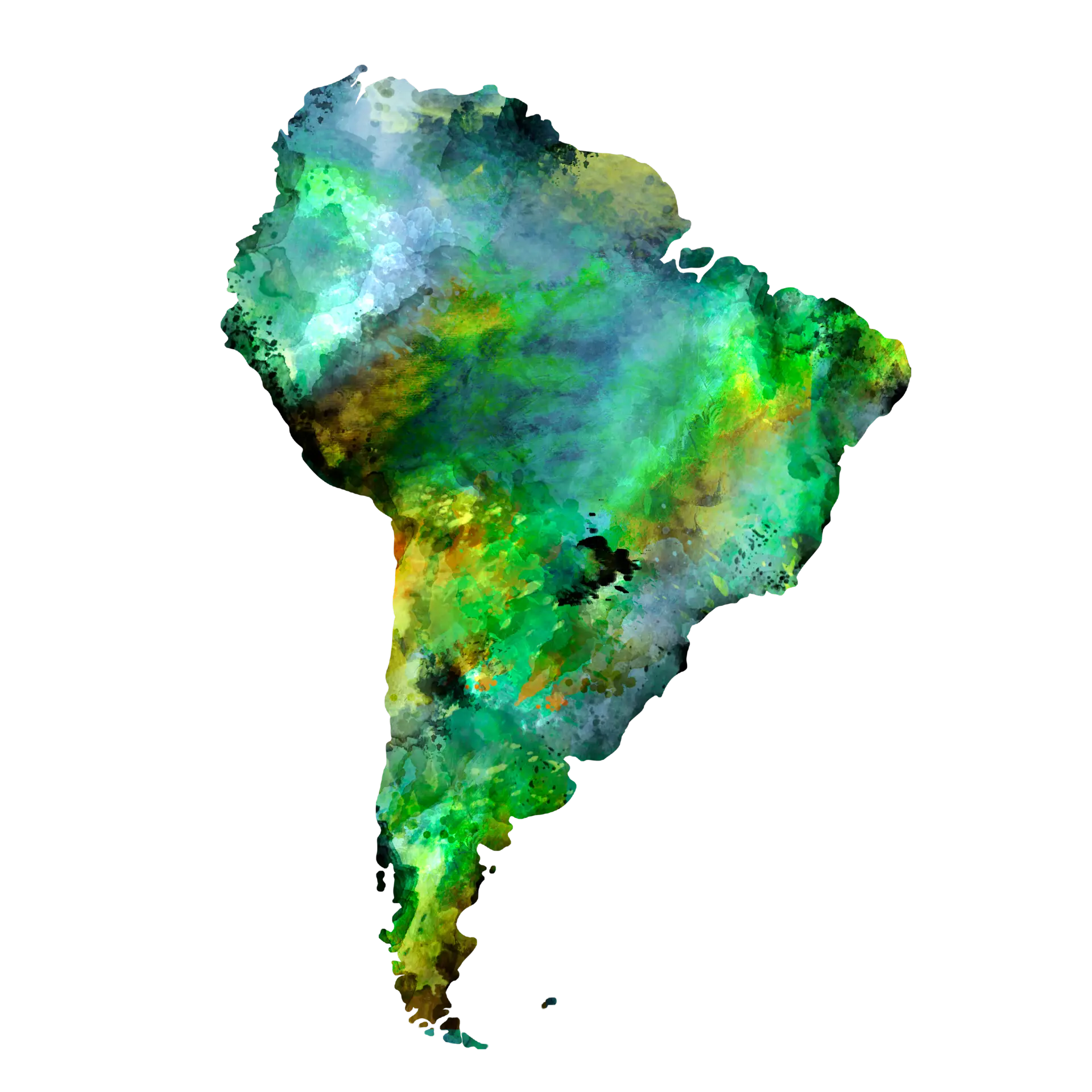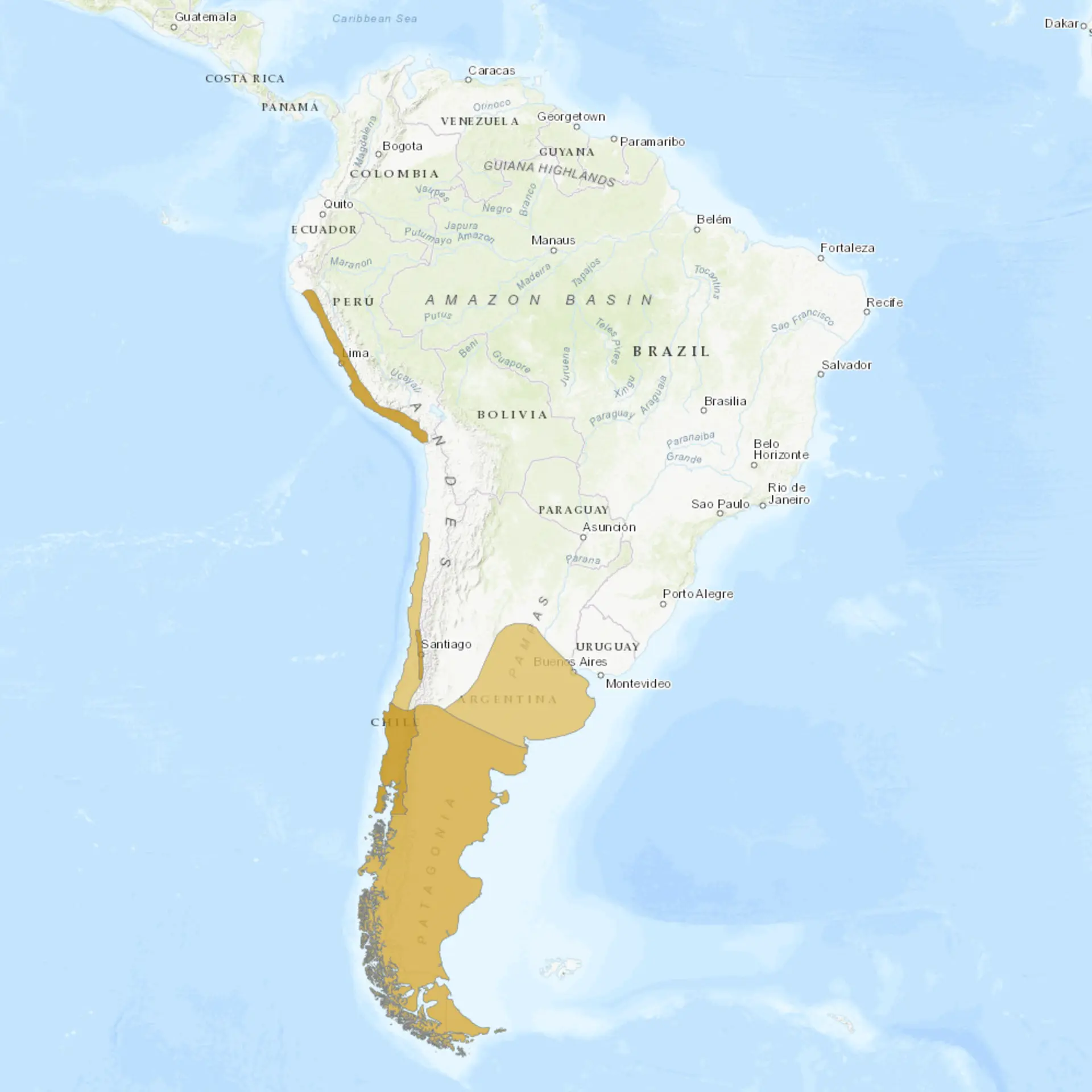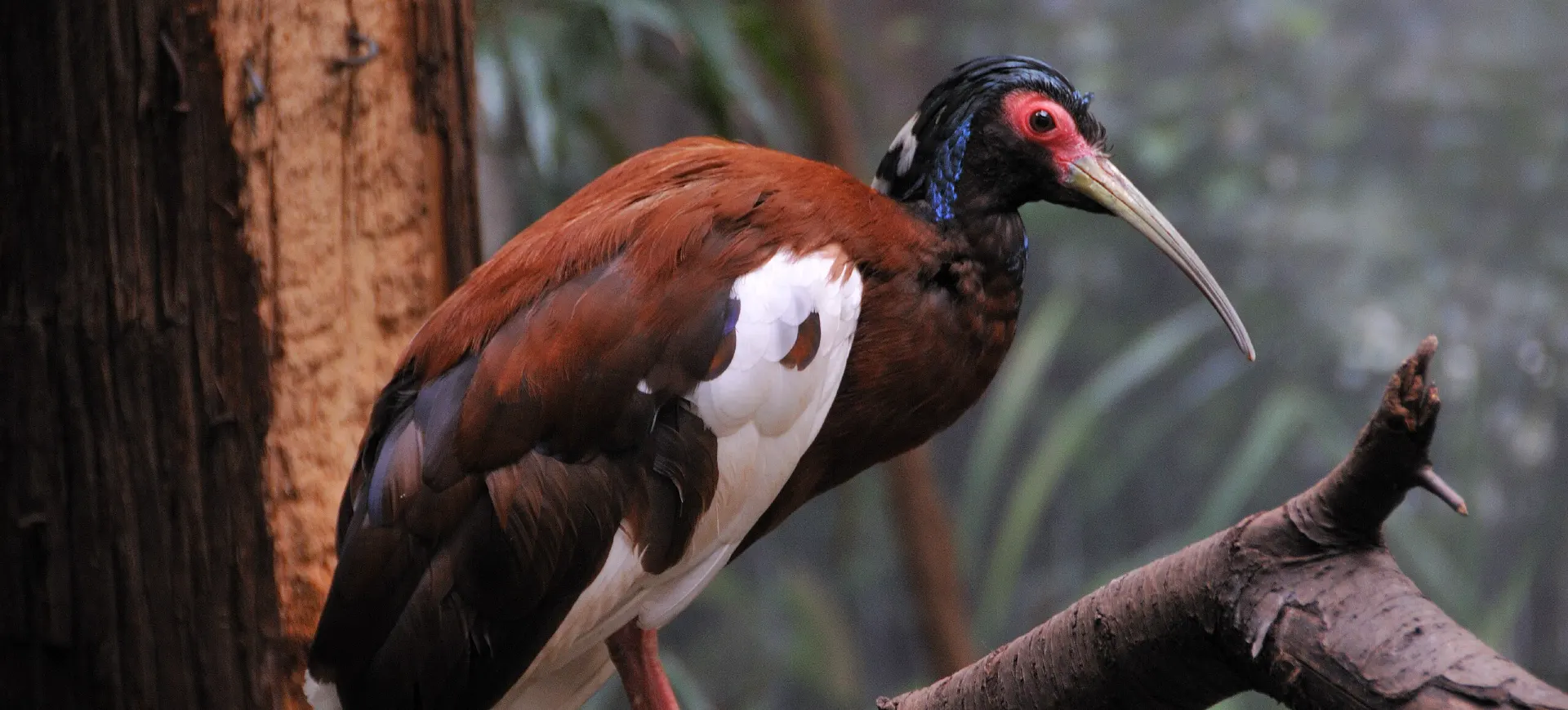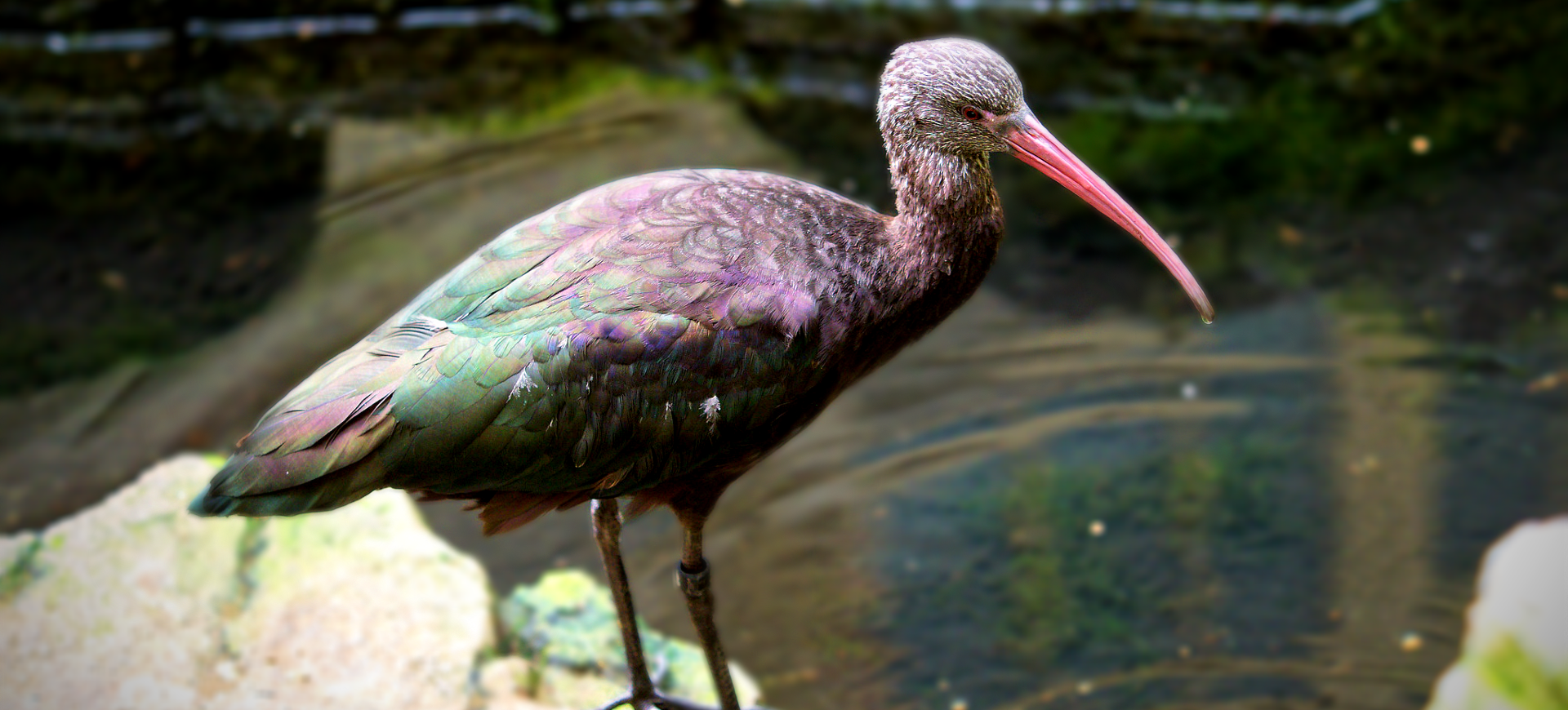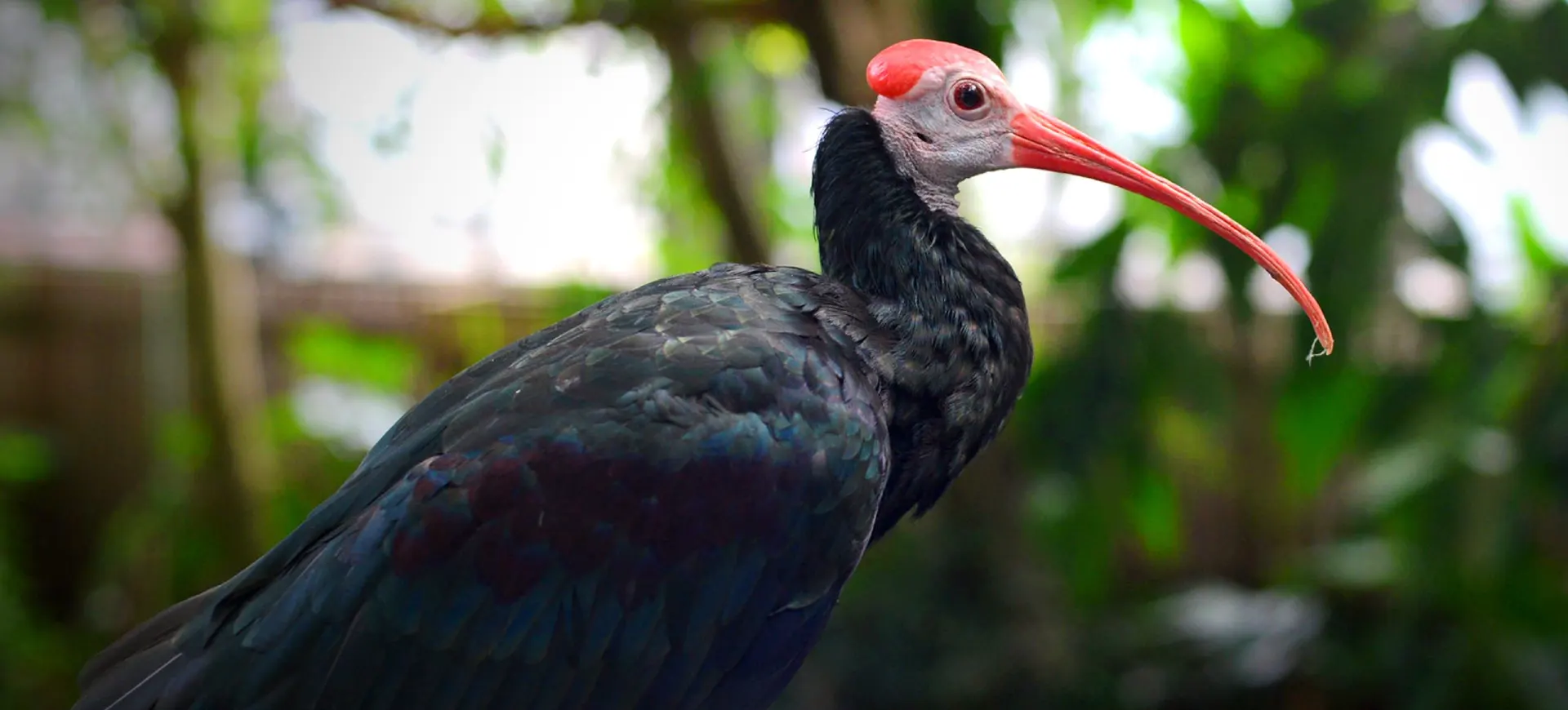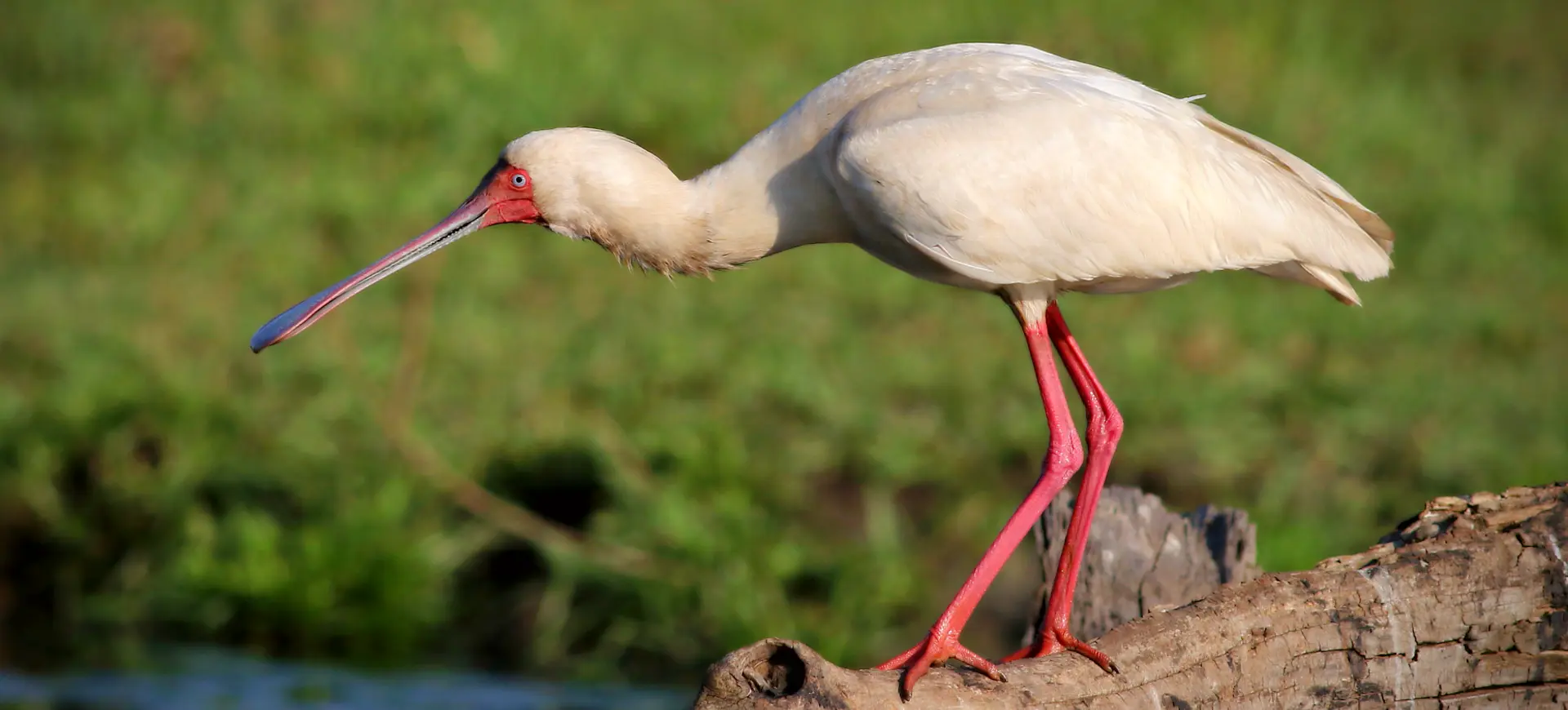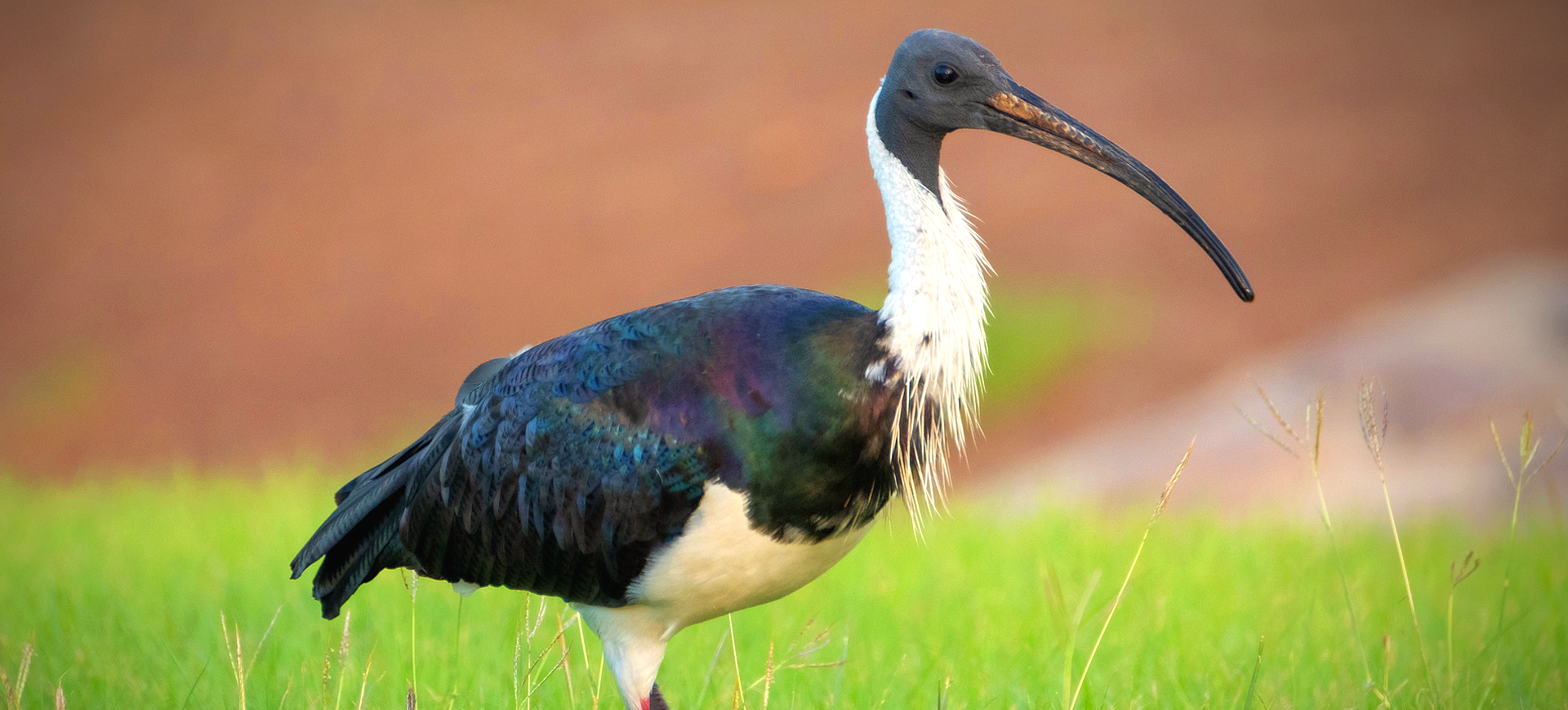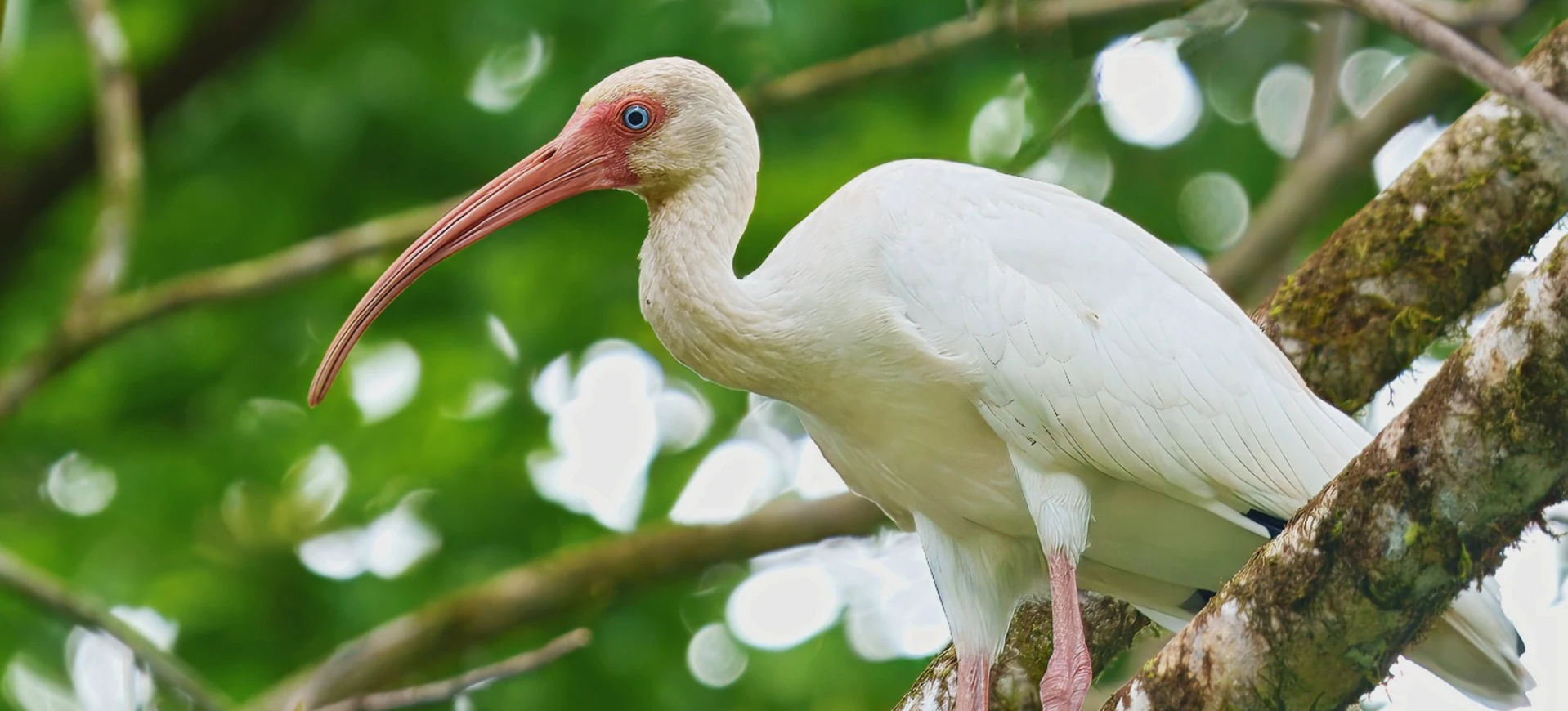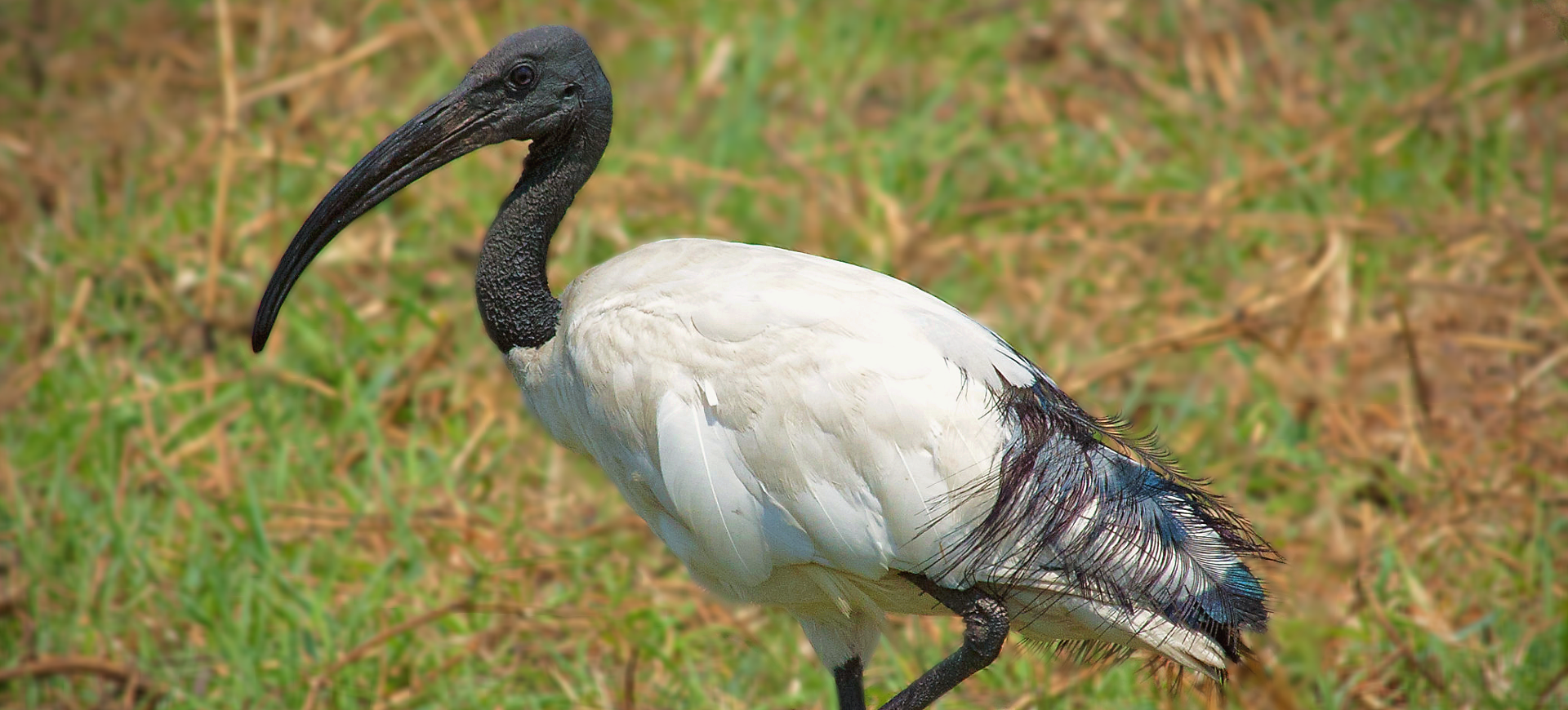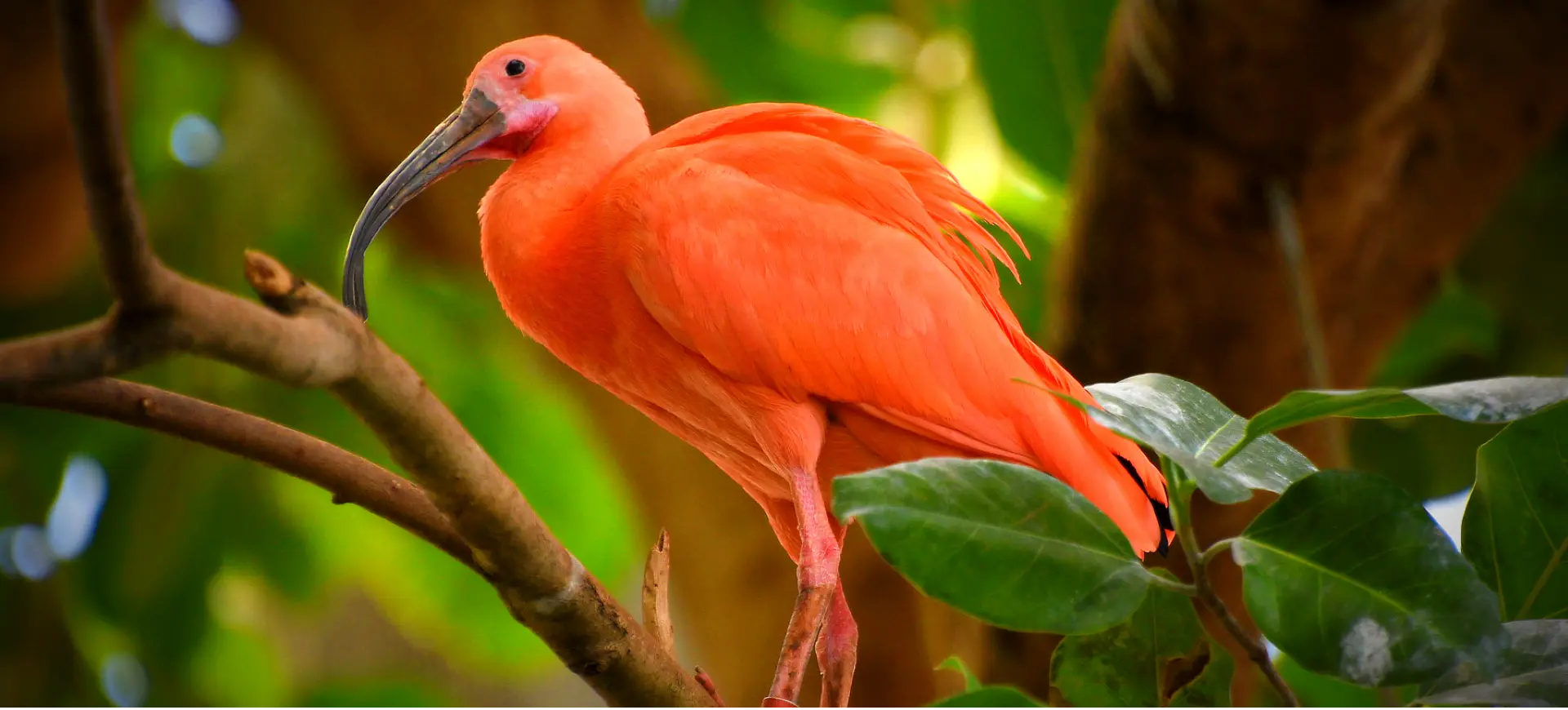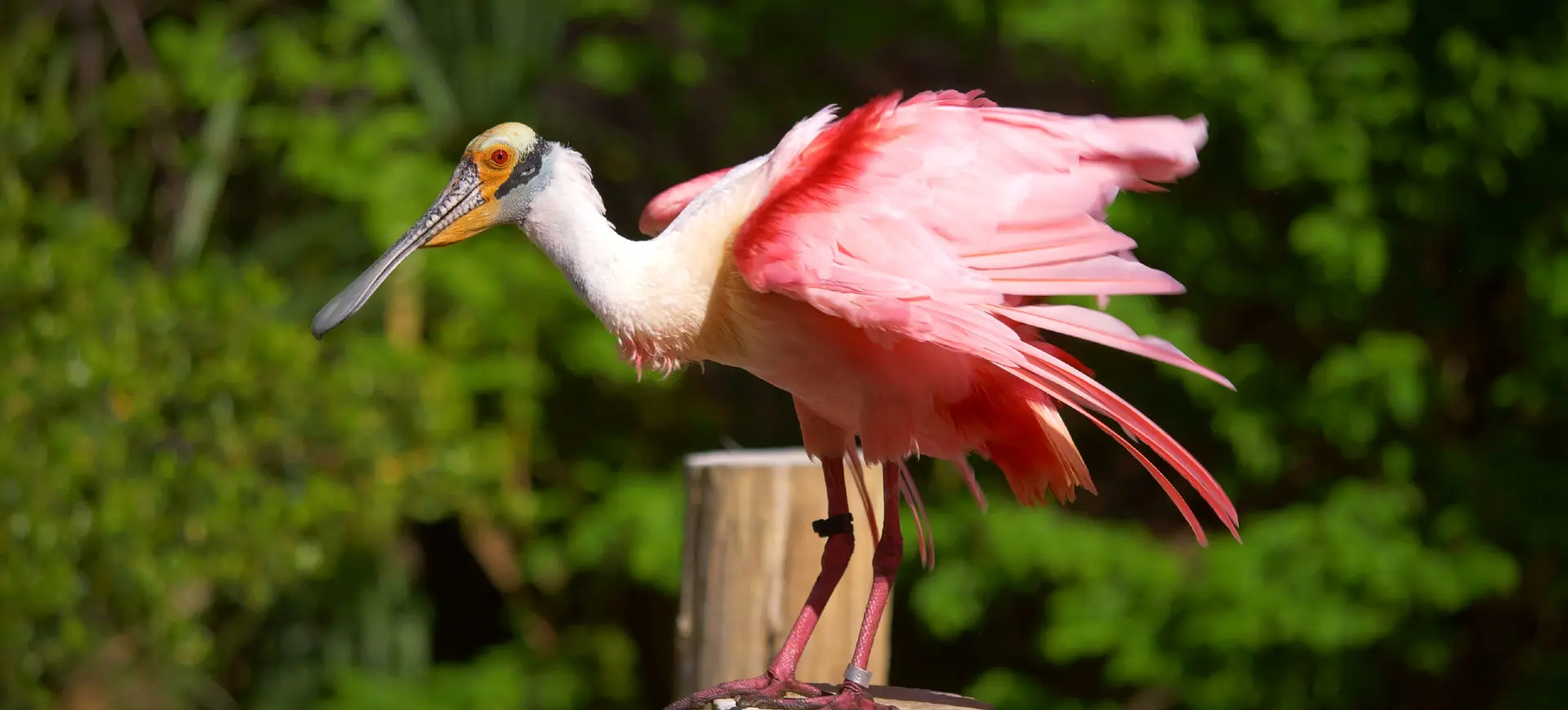Overview
The black-faced ibis is a large and striking wading bird native to southern South America, known for its distinctive black facial markings and long, down-curved bill. This ibis primarily inhabits open grasslands, wetlands, and agricultural areas, where it forages for invertebrates and small vertebrates in the soil. It is a highly social species, often found in pairs, small flocks, or larger groups, particularly outside the breeding season. The black-faced ibis is notable for its loud, raucous calls, frequently heard when birds are in flight or communicating within their group.
Unlike many other ibis species, the black-faced ibis is largely terrestrial. It spends much time walking and probing the ground for food rather than wading in water. Its bold plumage, which features gray and white tones with a coppery or golden sheen on its wings, makes it a visually striking bird. This species plays an important role in its ecosystem by controlling insect populations and aerating the soil as it forages. While it is adaptable to human-modified landscapes, it is vulnerable to habitat loss and changes in land use.
The black-faced ibis is relatively widespread but has a patchy distribution. It is most commonly found in Argentina, Chile, and southern Brazil. It is often seen in agricultural fields and pastures, where it takes advantage of exposed soil and abundant food sources. Although its populations are stable in some areas, localized declines have been observed due to habitat destruction and hunting. Conservation efforts focus on protecting key habitats and raising awareness of the species’ ecological importance.
Taxonomy
Kingdom
Phylum
Class
Order
Family
Genus
Species
Type
Current distribution:
The Black-faced ibis is distributed across southern South America, extending through parts of Argentina, Chile, southern Brazil, Uruguay, and Bolivia. It is most commonly found in the Pampas grasslands and the Andean foothills, as well as wetlands and agricultural areas throughout its range. Populations in the Andes are often found at elevations of up to 4,000 meters (13,000 feet), while lowland populations occur in open habitats closer to sea level.
The species is relatively common in Chile and Argentina and is frequently observed in open fields and wetland areas. In Brazil and Uruguay, it is less abundant but still present in suitable habitats. Seasonal movements are common, with birds migrating between high-altitude Andean regions and lowland wetlands depending on water availability. Habitat fragmentation has resulted in localized declines, particularly in areas where wetlands and grasslands have been converted for agriculture.
Physical Description:
The Black-faced Ibis typically measures about 75 cm long, with a wingspan of approximately 125 cm. Its most distinctive feature is its black face and neck, contrasting with its otherwise grey and white plumage. The bird’s long, curved bill is adapted for probing in mud and water, an essential trait for its feeding habits. Its legs are long and strong, suitable for wading in shallow waters.
Males and females are similar in appearance, although males may be slightly larger. Their plumage becomes more vibrant during the breeding season, and their facial skin may brighten. The juveniles are duller in color compared to adults, with less distinct facial markings. The sleek, streamlined body of the Black-faced Ibis is well-suited for an aquatic lifestyle.

Lifespan: Wild: ~10 Years || Captivity: ~20 Years

Weight: Male & Female: 2.4–3.1 lbs (1.1–1.4 kg)

Length: Male & Female: 28–32 in (71–81 cm)

Height: Male & Female: 27–32 in (69–81 cm)

Wingspan: Male & Female: 50–55 in (127–140 cm)

Top Speed: 35 mph (56 km/h)
Characteristic:
Native Habitat:
The Black-faced ibis primarily inhabits open grasslands, wetlands, agricultural fields, and steppe-like regions across southern South America. It is frequently associated with high-altitude environments, including the Andean foothills, but it is also found in lowland areas, particularly during the non-breeding season. These birds prefer soft, moist soil habitats where they can easily probe for invertebrates. Wetlands, floodplains, and pastures are particularly important for feeding, while trees or cliffs are used for roosting and nesting.
This highly adaptable species has been observed in human-modified landscapes, including farmland, suburban parks, and golf courses. While it prefers natural habitats, its ability to exploit agricultural fields has helped it maintain stable populations in some areas. Seasonal movements occur in response to changing water levels and food availability, with birds often migrating to wetter lowlands during the dry season. However, the destruction of wetlands and grasslands for agriculture and urban development poses a significant threat to their preferred habitats.
Biomes:
Biogeographical Realms:
Continents:
Diet:
Diet & Feeding Habits:
The Black-faced ibis is an opportunistic feeder, with a diet consisting primarily of invertebrates such as insects, worms, crustaceans, and small vertebrates like amphibians and reptiles. It forages by probing the ground with its long, curved bill, often in soft soil or recently disturbed areas such as pastures and agricultural fields. Earthworms are a particularly important component of its diet, especially during wet seasons when they are more accessible. Occasionally, it supplements its diet with seeds and plant material, although animal prey makes up most of its food intake.
Foraging is typically a social activity, with groups of black-faced ibises walking together through open fields or wetlands. They rely on their strong sense of touch to detect prey underground and sometimes follow plowing machinery to feed on exposed insects and small animals. These ibises are most active during the early morning and late afternoon, avoiding the midday heat. In captivity, they are often fed a diet of invertebrates, small vertebrates, and specially formulated bird pellets to mimic their natural feeding habits.
Mating Behavior:
Mating Description:
The Black-faced Ibis engages in a monogamous mating system, where pairs form strong bonds during the breeding season. Courtship behaviors include elaborate displays, such as mutual preening, vocalizations, and synchronized flying. Nest building is a joint effort, with both males and females participating in constructing the nest, typically located in trees or on cliffs near water sources.
Egg laying usually follows soon after nest construction, with both parents involved in incubation and subsequent care of the young. The chicks are altricial, meaning they are born relatively undeveloped and require significant parental care. The strong pair bond and cooperative parenting are essential for successfully rearing their offspring.
Reproduction Season:
Birth Type:
Pregnancy Duration:
Female Name:
Male Name:
Baby Name:
Social Structure Description:
Black-faced ibises are highly social birds, often found in pairs or small flocks, particularly during the non-breeding season. Larger groups of up to 100 individuals may form in areas with abundant food or roosting sites. These groups facilitate communication through loud, trumpeting calls and body language, such as head bobbing and wing displays. Pairs maintain strong bonds year-round and often stay together even outside of the breeding season.
During foraging, groups move together through fields and wetlands, searching for prey in a coordinated manner. These flocks protect from predators and enhance foraging efficiency by allowing individuals to exploit disturbed soil. Although social interactions are generally peaceful, occasional conflicts may occur over nesting sites or food. Their social nature and loud vocalizations make them prominent in their habitats.
Groups:
Conservation Status:
Population Trend:
The Black-faced ibis is classified as Least Concern due to its relatively wide distribution and stable populations across much of its range. However, localized declines have been reported where wetlands and grasslands have been heavily modified or destroyed. Habitat loss due to agricultural expansion, urbanization, and wetland drainage is the primary threat to the species. In some regions, they are also hunted for food, though this is not currently a significant threat at the population level.
Populations in protected areas, such as national parks and reserves, are generally stable and benefit from conservation efforts to preserve wetlands and grasslands. The species’ adaptability to agricultural landscapes has helped it persist in some human-modified environments, though this reliance on farmland may make it vulnerable to land-use changes. Monitoring and habitat restoration programs are critical for ensuring the long-term survival of this iconic South American bird.
Population Threats:
Habitat destruction is the most significant threat to black-faced ibis populations, as wetlands and grasslands are converted for agriculture, livestock grazing, and urban development. Draining wetlands for irrigation or construction reduces the availability of suitable feeding and nesting sites. Though not widespread, hunting can also impact local populations, particularly in areas where birds are considered a food source.
Climate change poses a long-term threat by altering rainfall patterns and water availability, potentially reducing wetland habitats. In some regions, pesticide use in agricultural fields may indirectly affect the species by reducing the abundance of invertebrates, their primary food source. Despite these challenges, the black-faced ibis’ adaptability and wide range have helped it maintain stable populations in many areas. Conservation efforts focus on mitigating habitat loss and protecting critical ecosystems.
Conservation Efforts:
Conservation efforts for the black-faced ibis include habitat protection and restoration, particularly in wetlands and grasslands where the species forages and nests. Protected areas, such as national parks and reserves, play a vital role in safeguarding key populations, and wetland conservation initiatives benefit this species and many other waterbirds. Reforestation and grassland management projects also help maintain suitable habitats.
In some regions, public education campaigns aim to raise awareness of the ibis’ ecological role and reduce hunting pressure. Monitoring programs track population trends and habitat use, providing valuable data for conservation planning. Collaborative efforts between governments, NGOs, and local communities are essential for preserving the habitats on which this species depends. Maintaining the ecological health of wetlands and grasslands is crucial for ensuring the long-term survival of the black-faced ibis and its ecosystem.
Additional Resources:
Fun Facts
- The black-faced ibis is more terrestrial than most other ibis species, spending much time foraging on land rather than water.
- Its coppery wing sheen becomes especially vibrant in sunlight, making it one of the most colorful ibis species.
- These ibises follow farmers’ plows to feed on insects and worms exposed in the soil.
- Their loud, trumpeting calls sound like a “honk” or “laugh.”
- Black-faced ibises are strong fliers that travel significant distances between feeding and roosting sites.
- They are important for controlling insect populations in agricultural fields.
- Their long, curved bills allow them to probe deep into the soil for prey.
- Unlike many other waterbirds, they frequently nest on cliffs or trees rather than directly near water.
- They are known from previous years, adding new materials each breeding season.
- The black-faced ibis is considered a symbol of wetland health in many parts of South America.

